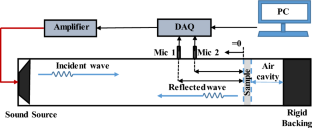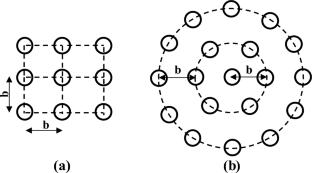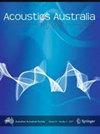3D Printed Thick Micro-Perforated Panel with Graded Perforation for Practical Wall Sound Absorption Applications
Abstract
In recent years, noise pollution has been recognized as a significant environmental issue, and using sustainable materials as sound-absorbing building materials have drawn considerable attention. The influence of graded perforations on the acoustic characteristics of a 3D printed bio-degradable thick micro-perforated panel (MPP) having graded perforation and made of Poly Lactic Acid is presented. Thicker panels are considered owing to the mechanical strength required for practical wall applications. A fused deposition modeling based 3D printer is used to fabricate the MPPs with graded cylindrical perforations and different patterning of perforations. The sound absorption coefficient is measured using the impedance tube technique and compared with theoretical results obtained using an equivalent electro-acoustic model. Results revealed that for normal incidence, the absorption coefficient is only dependent on the overall perforation ratio of the panel, irrespective of the perforation gradation and patterning of perforation. This gives the freedom to distribute the perforation aesthetically for interior wall application. This work also proposes the effective perforation ratio approach to predict the sound absorption coefficient (SAC) of MPPs with graded perforation. For multi-thickness MPPs and MPPs with linearly graded thickness, improved sound absorption characteristics were observed both in terms of bandwidth of absorption and peak value of SAC compared to the conventional constant thickness MPPs.



 求助内容:
求助内容: 应助结果提醒方式:
应助结果提醒方式:


